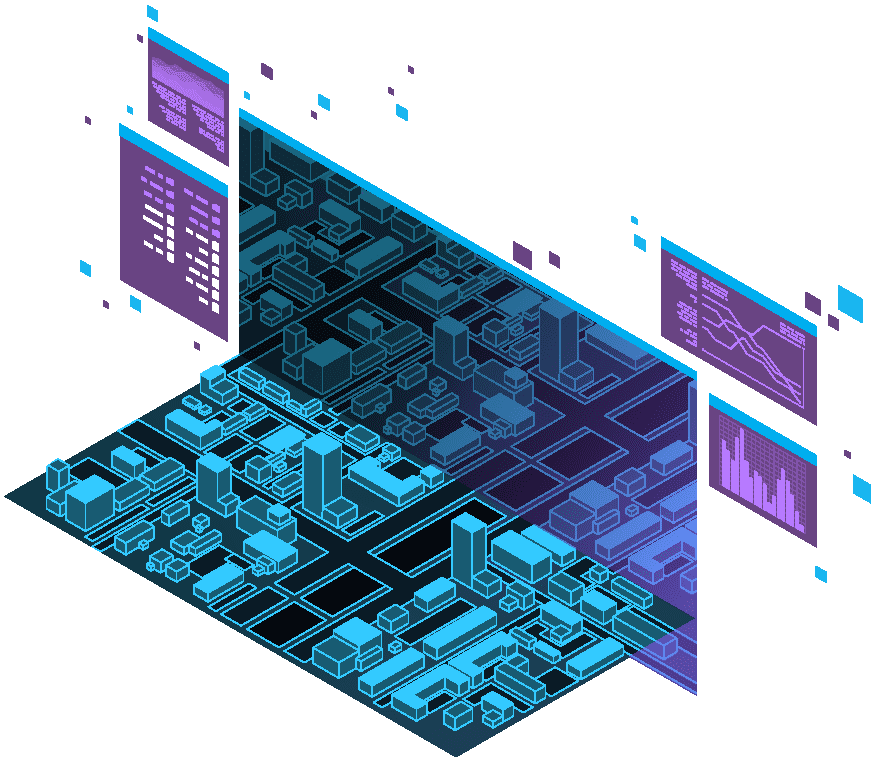Game engines are software frameworks that game developers use to create video games, providing the tools needed to create, test, and deploy games across various platforms. There are several types of game engines, including 2D, 3D, and cross-platform engines, with popular game engines including Unity, Unreal Engine, and GameMaker Studio. The game development process involves stages such as conceptualization, design, prototyping, development, testing, and deployment. With the right game engine and dedicated team of developers, anything is possible in the world of video games.
The Secret Behind Every Game: An Overview of Game Engines
Introduction
Have you ever wondered how your favorite games were made? How complex systems, realistic graphics, and endless hours of entertainment come together in one cohesive product? The secret behind the creation of video games lies in game engines.
What are Game Engines?
In simple terms, game engines are software frameworks that game developers use to create video games. They provide developers with the tools needed to create, test, and deploy games across various platforms. Game engines essentially provide a foundation on which developers can build their games.
Types of Game Engines
There are several types of game engines, and each has its own strengths and weaknesses. Some of the most popular types of game engines include:
- 2D Game Engines: These game engines are designed specifically for 2D game development. They typically offer simple and easy-to-use interfaces and are ideal for developing mobile games.
- 3D Game Engines: These game engines are designed for 3D game development. They provide developers with advanced tools to create complex environments, character models, and animations.
- Cross-Platform Game Engines: These game engines allow developers to create games that can run on multiple platforms, such as Windows, Mac, iOS, and Android. They are ideal for developers who want to reach the widest possible audience.
Popular Game Engines
There are numerous game engines available today, and each has its own strengths and weaknesses. Some of the most popular game engines include:
- Unity: Unity is one of the most popular game engines in the world. It is a cross-platform engine that supports both 2D and 3D game development. Unity also offers a large community of developers and a vast library of assets and plugins.
- Unreal Engine: Unreal Engine is another popular game engine that is widely used in the game development industry. It offers advanced tools for 3D game development and features some of the most realistic graphics in the industry.
- GameMaker Studio: GameMaker Studio is a popular 2D game engine that is ideal for developing casual games. It is user-friendly and offers a simple drag-and-drop interface for rapid game development.
The Game Development Process
The game development process involves numerous stages, starting from conceptualization and ending with deployment. Here are the steps involved in the game development process:
- Conceptualization: In this stage, game developers come up with a concept for the game, including its storyline, characters, and setting.
- Design: Game developers design the game environment, create character models, and develop gameplay mechanics.
- Prototyping: Developers create a rough prototype of the game to test its basic functionality.
- Development: In this stage, developers create the game using a game engine, adding animations, sound effects, and other elements.
- Testing: The game is tested for bugs and glitches, and feedback is collected from testers to improve the game’s overall quality.
- Deployment: Once the game is complete, it is deployed on various platforms and released to the public.
Conclusion
Game engines play a crucial role in the creation of video games. They provide developers with the tools and resources needed to create complex game systems and realistic environments. With the right game engine and a dedicated team of developers, anything is possible in the world of video games.
